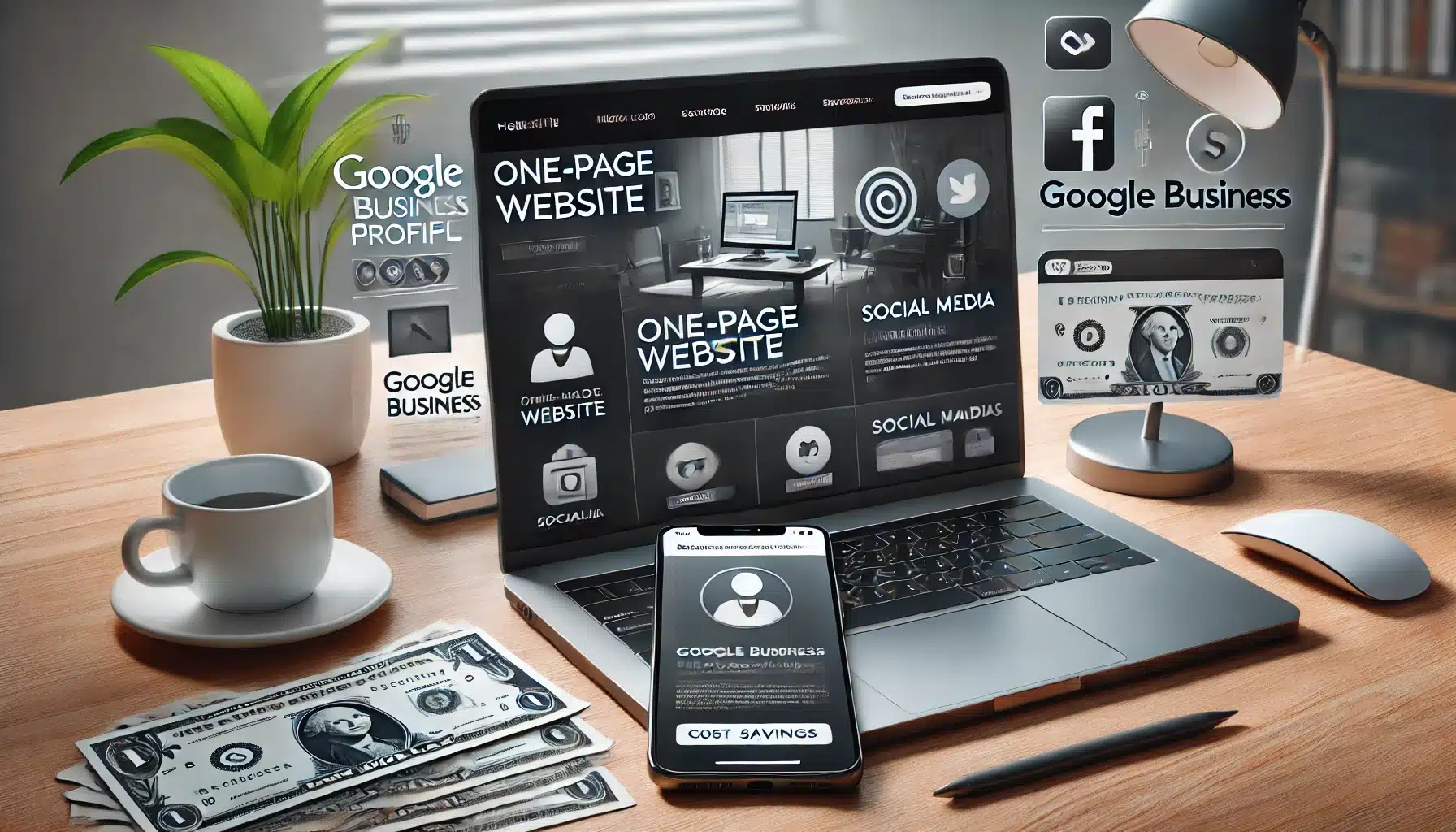The Facebook algorithm is a complex system that determines what content is shown in a user’s News Feed. The algorithm takes into account various factors such as the type of content, the user’s activity and interests, the time it was posted, and the engagement it receives from other users, among other things. Here’s a high-level overview of how the Facebook algorithm works:
- Relevance: The algorithm prioritizes content that is likely to be relevant to the user based on their past interactions and behavior on the platform. This includes the pages and profiles they follow, the types of content they engage with, and the keywords they use in their searches.
- Predictive Interests: Facebook uses machine learning to predict what users may be interested in based on their past interactions and behavior. This allows the platform to show more relevant content even if the user hasn’t explicitly engaged with it before.
- Recency: The algorithm prioritizes more recent content over older content. This helps keep the News Feed fresh and up-to-date.
- Engagement: The algorithm considers the level of engagement that a post receives, such as likes, comments, and shares. Posts that receive high levels of engagement are more likely to be shown to other users.
- Type of content: Different types of content, such as text, images, videos, and live videos, are treated differently by the algorithm. For example, videos tend to receive higher visibility because they often drive more engagement.
These are just a few of the factors that the Facebook algorithm takes into account. It is constantly evolving to provide the best possible experience for users and to maximize the relevance and engagement of the content shown in the News Feed.

How Do I Create Facebook Posts that Will Get Maximum Views?
Here are some tips for creating Facebook posts that will get maximum views:
- Be Consistent: Post regularly and consistently to keep your audience engaged and interested. This will also help you establish a presence on the platform and build a following over time.
- Use Visual Content: Posts that include images or videos tend to perform better than those that are just text-based. Make sure to use high-quality, visually appealing images and videos that capture the attention of your audience.
- Keep it Short and Sweet: Attention spans on social media are short, so keep your posts concise and to the point. Use attention-grabbing headlines and descriptions to entice users to click and learn more.
- Use Engaging Captions: Write captions that ask questions, spark discussions, and encourage engagement. This will help increase the chances of your posts getting shared and seen by a wider audience.
- Timing is Key: Pay attention to when your audience is online and active on the platform. Posting when your audience is most active will increase the chances of your posts being seen and engaged with.
- Use Relevant Hashtags: Use relevant hashtags to help your posts reach a wider audience. This will make it easier for people to find your posts and engage with your content.
- Engage with Your Audience: Respond to comments and messages, and engage with your followers by asking questions and starting discussions. This will help build a relationship with your audience and keep them interested in your content.
Remember, the Facebook algorithm is constantly evolving, so it’s important to stay up to date with the latest best practices and adjust your strategy accordingly. With a combination of high-quality content, consistency, and engagement, you can increase the visibility of your posts and reach a larger audience on the platform.
Does Posting Links in Facebook Posts Reduce Its Viewability Distribution?
Yes, posting links in Facebook posts can reduce their viewability and distribution. This is because Facebook’s algorithm prioritizes native content, such as text updates and images, over external links. When a user clicks on a link, they are taken away from Facebook to another website, which can decrease the amount of time they spend on the platform. As a result, Facebook is less likely to show that post to a wider audience.
However, it’s still important to include links in your Facebook posts, especially if they drive traffic to your website or a landing page. To mitigate the impact on viewability and distribution, try to balance the number of links you share with other types of content, such as images and videos. Also, use eye-catching images and attention-grabbing captions to encourage users to click on the link and spend more time on the platform.
In general, the key is to create a balance between providing value to your audience and maintaining engagement on the platform. By doing so, you can help increase the visibility of your posts and reach a wider audience on Facebook.
Did Facebook Reduce Post Disruption to Increase Ad Revenue?
Yes, one of the reasons Facebook reduced the distribution of organic posts from business pages is to encourage more businesses to pay for advertising on the platform. Facebook generates most of its revenue through advertising, so by limiting the reach of organic posts, the company is incentivizing businesses to pay for ads to reach their desired audience.
In recent years, Facebook has made changes to its algorithm to prioritize content from friends and family over content from businesses and publishers. This has led to a reduction in organic reach for many businesses on the platform, making it more difficult for them to reach their target audience without paying for advertising.
However, it’s important to note that Facebook’s decision to reduce organic reach is also driven by a desire to provide a better user experience. The platform is focused on showing users content that is most relevant and engaging to them, and this often means prioritizing content from friends and family over content from businesses.
In conclusion, Facebook’s decision to reduce the distribution of organic posts from business pages is a combination of both increasing revenue through advertising and improving the user experience. However, businesses can still reach their target audience on Facebook through paid advertising and by creating high-quality, engaging content that resonates with their audience.
What Social Media Platform Provides the Largest Distribution of Posts?
It’s difficult to determine which social media platform provides the largest distribution of posts, as it can vary depending on several factors such as the target audience, the type of content being shared, and the overall strategy being used.
That being said, some of the most popular social media platforms with large user bases include Facebook, Twitter, Instagram, YouTube, and LinkedIn. Each of these platforms has its own unique audience and algorithms, so it’s important to consider which platform is best suited for your business and the type of content you want to share.
For example, if your target audience is primarily visual, platforms like Instagram and YouTube may be more effective for reaching them. If you’re looking to share more professional content, LinkedIn may be a better fit. If you’re targeting a more general audience, Facebook and Twitter may be the best options.
Ultimately, the best way to determine which platform provides the largest distribution of posts is to experiment with different platforms and track your results. You can use metrics such as reach, engagement, and conversions to determine which platform is performing best for your business and adjust your strategy accordingly.





